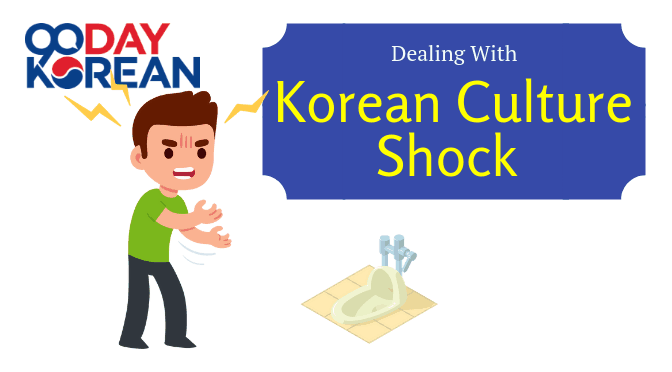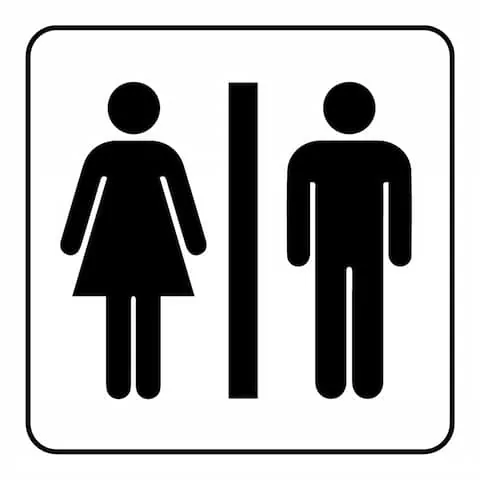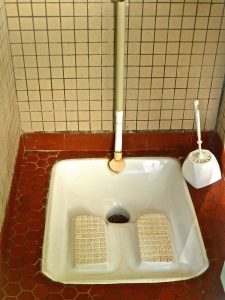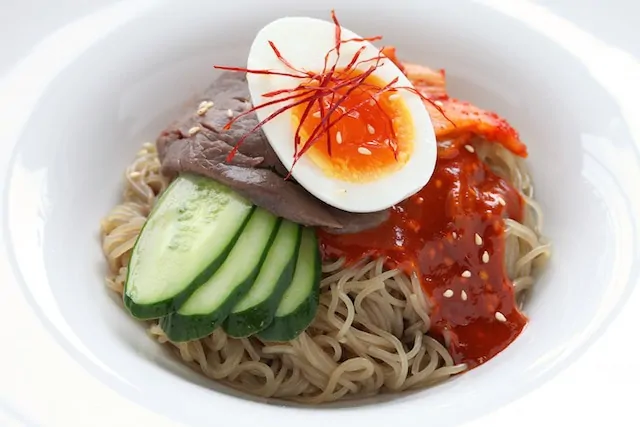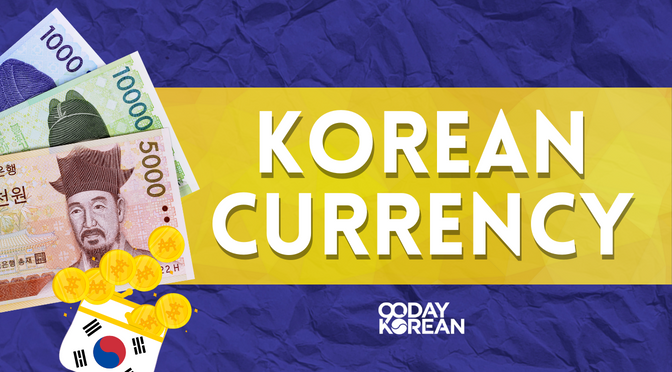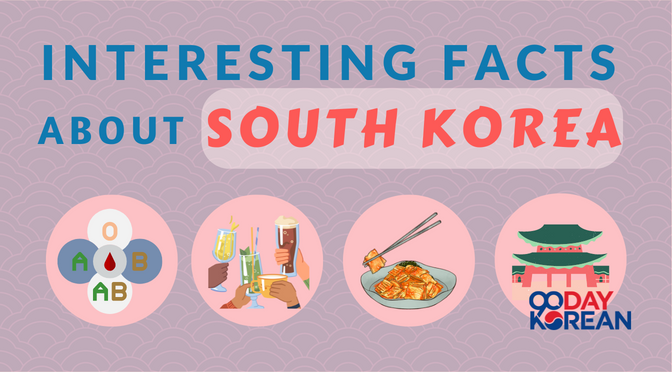On your first visit to Korea, everything will likely seem new and exciting. There are so many new experiences to try; every single day feels like a new adventure. Korean culture has plenty to offer newcomers.
However, every country may have things you’re not quite expecting. When you notice that things aren’t quite the way they are back home, then you’re feeling culture shock in Korea.
Not to worry! We’ll give you the heads-up on some of the surprises you can expect and some things to be aware of so you can be sure to have a great time in Korea!
Contents
It’s always the small things that can provide some of the biggest surprises to the new visitor. Here are a few things you can expect when you arrive in South Korea.
Going to the Bathroom
This is minor for most but could provide a challenge for those who aren’t used to it. In Korea, there are two types of toilets: the traditional Western sitting toilet you’re probably used to and the Asian “squat toilet.”
Korean Squat Toilet
The Korean toilet is a squat toilet which is basically a toilet that’s built into the ground, and you do your business by squatting over it. Many Koreans are used to this, but it’s certainly a new experience for those who haven’t encountered them.
Most bathrooms have a mix of squat toilets and toilets with seats, and many Koreans prefer using squat toilets (which are actually more sanitary when you think about it, besides requiring a bit more flexibility).
In most cities, you can find a toilet where you can sit down. But if you’re in an old building or another remote area, this might be your only option.
Our advice for when you absolutely cannot wait, squat above the toilet and try to position your rear as far back as you can. Counterbalance yourself by grabbing onto the toilet’s wall fixture if available. Then you can count your gym workout done for the day!
Toilet Paper
You may notice a small trash bin in every toilet stall as well. This isn’t for putting tissues you blow your nose with… These are for all toilet paper.
You’re not supposed to throw toilet paper into toilets in Korea. Their plumbing system is slowly improving, and one-day such bins may become a thing of the past. But for now, in order to help the Korean environment, people must put their used toilet paper in these baskets and not down the toilet.
Make sure you check the toilet situation beforehand as well since some public toilets don’t have toilet paper available! To avoid an embarrassing run out of the stall, it’s good to have some spare tissues on hand, just in case.
Think of this as doing some small part to contribute to a cleaner environment and making life a bit easier for Korean janitors who don’t have to clean backed-up toilets.
Eating In Korea
If we had to choose one thing that Korean’s absolutely love it would have to be food!
Korean food is some of the best in the world. It’s delicious and easily affordable on most budgets. You can also find something to eat everywhere and at all hours in even medium-sized Korean cities.
Whether it’s a random food stall selling 떡볶이 (tteokboki), Spicy Korean rice cakes or your new favorite mom and pop restaurant tucked away in a back alley, there are delicious hidden gems everywhere. Even Korean convenience stores (open 24 hours) will have a great snack for you to try when you’ve got a bad case of the munchies at 3 a.m.
One of the best experiences of culture shock you’ll have in Korea is how good the food is!
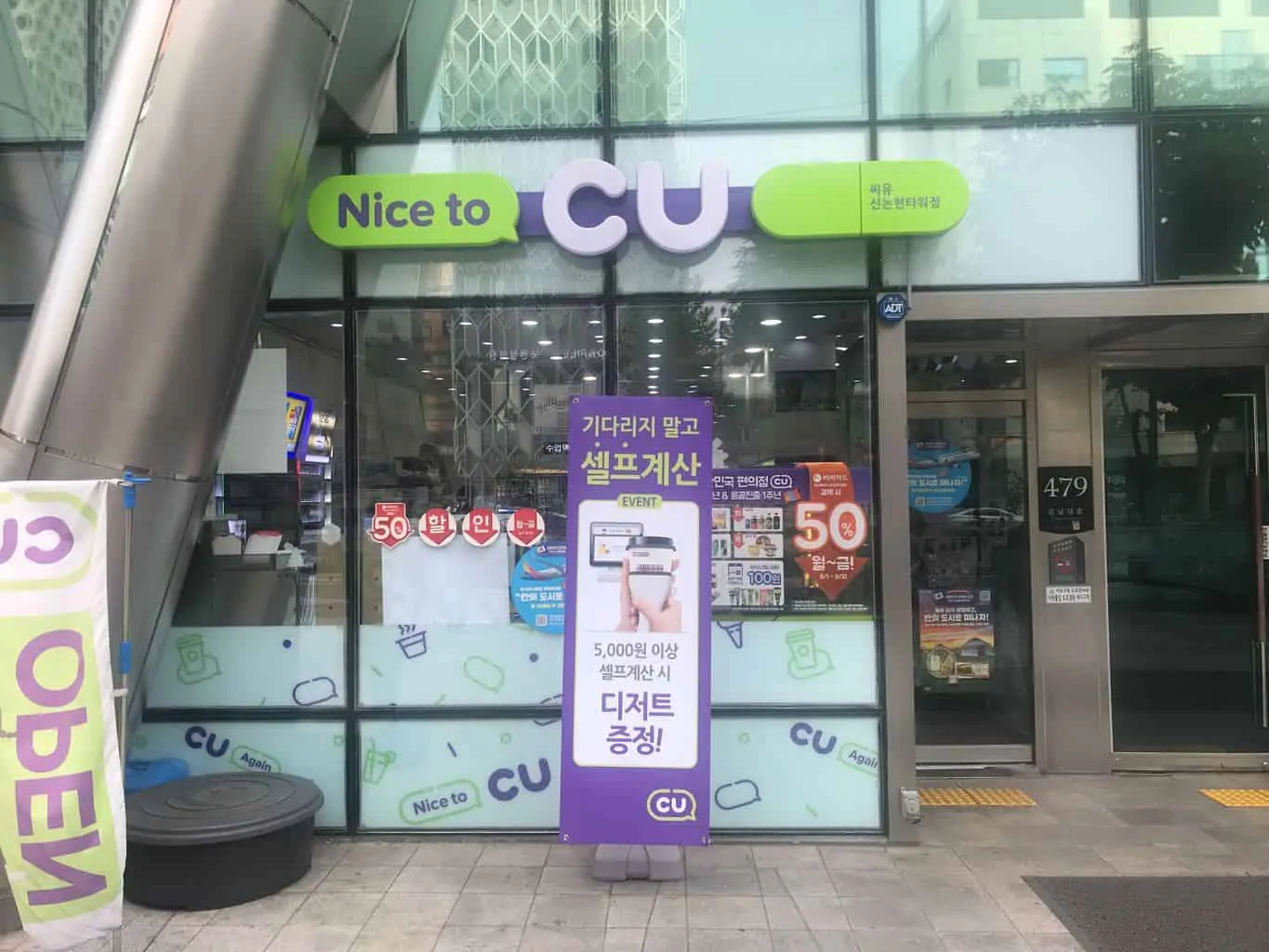
For Dietary Restrictions: Plan out what and where you’ll eat
You can find most food to fit your desires in large Korean cities, especially Seoul. But while there is a wide variety of food on offer, the Korean restaurants themselves will often have trouble accommodating those with dietary restrictions.
This is improving in larger cities, but if you have certain allergies or are vegan, you’ll have to plan ahead. Korea isn’t used to people avoiding all animal products, or all carbs, or all gluten, etc. It’s just not something most restaurants are used to.
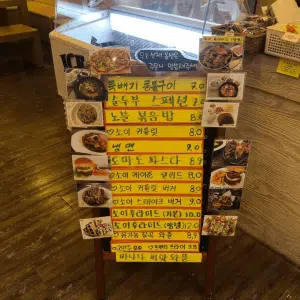
While this can be a bit harder on you if you have such food restrictions, it’s probably not something you’re unaccustomed to. It’s only slightly more extreme in Korea, but it can still be handled if you plan out where to eat in advance. Check out food options on Google or Naver Maps and see what restaurant options there are that fit the bill.
You’re unlikely to be the first person to tread that path, so your food options should be easy to map with a bit of research.
Eating Together
Korea has a strong sense of community and family, and part of that plays a big part in the culture of social eating.
Communal eating is a big part of Korean culture, and as a result, almost all Korean restaurants and dishes cater to groups. This can be a little annoying if you’re by yourself, but it does give a great excuse to spend more time with friends or interact more with new Korean acquaintances.
But you can still enjoy all the restaurants in Korea on your own if you’re a solo traveler. The staff will even wrap up any leftovers you have for takeaway so you can eat them later. To order in Korean, you may want to learn some basic parts of the language. Knowing how to count, counting words, and basic phrases for ordering will help!
And for those working in a Korean company, there’s another side to Korea’s eating culture you’ll soon become acquainted with.
Got plans to veg out and be super anti-social when the end of the week rolls around? Not so fast! Korean companies have systems in place to really promote ‘social harmony’ in the workplace.
회식 (hoesik)
If you work at a Korean company, your co-workers will, at some point, tell you about an after-work party (usually dinner and drinking). The automatic expectation is that you’ll join, regardless of prior commitments. This is called 회식 (hoesik) in Korean, and its purpose is to create a stronger team spirit and community at companies. While you don’t have to attend, it’s very strongly encouraged. You don’t want to give the impression that foreigners are party poopers after all.
If you don’t like this aspect of Korean society, you can think of it this way: it’s an easy way to become closer with your co-workers and make Korean friends. It’s also a great way to meet all the different people at your company, especially if it’s a large one.
Events like these aren’t really that often anyway, so it’s a good way to cut loose and have fun from time to time. Keep these points in mind, and these dinner outings can be quite enjoyable.
Korean Drinking Culture
One thing those non-drinkers (or light drinkers too) need to know about is Korean’s love of alcohol. From beer to soju, no night out is complete for many Koreans without a bottle of their favorite alcoholic beverage.
If you don’t drink for any reason, be sure to let your Korean friends and co-workers know the first thing. They might be a bit surprised if you never drink, but Korea has become a much more global country, so they will be able to accept it. If you want to avoid long explanations, you could say you have a health condition (such as an allergy or intolerance) to get out of drinking at the event.
Just remember that deep bonding between Koreans often involves drinking together. If they can’t do that with you then you may have trouble forming stronger friendships.
If you do drink, our advice is to take it slow. Korean alcohol is delicious and might be stronger than you think. Also, drinking is practically a national past-time in Korea and if you try to keep up with your Korean friends, you may end up having a very unpleasant morning the next day.
Technology, Talking, and Transportation
While food and facilities are minor, there are some other things that can come as a bit more of a shock to the system.
Technology
With PC rooms in almost every alleyway and great options for shopping for electronics, you’d think that South Korea is a futurist’s dream. But when it comes to software, things can become a bit of a shock.
Many public computers still use Internet Explorer, and the constant need to download security patches and extensions can drive even the most patient to want to throw the computer into the East Sea. It’s just a consequence of having technology so readily available to the public, which means that software tends to be older to cut costs.
The Language Barrier
Then there’s the level of English penetration on some services. Short-term visitors won’t have to worry about this as much, but new residents will often have to deal with it. While online banking has taken huge leaps in terms of English support, other daily services, like online shopping, food delivery, and other public services, can be a bit of a struggle.
To deal with these situations, make sure you befriend some Koreans who are able to help you navigate the obstacles. Many workplaces also have frameworks in place to help their new employees that aren’t fluent in the language. Take good notes and get whatever tools are necessary to help you be as self-sufficient as possible.
Thankfully, all of these situations can be handled with just a bit of planning beforehand. Just make sure you know what you need and do a bit of research, and it will often be smooth sailing!
Getting Around
It’s not all bad, though. A very pleasant cultural shock you may experience is just how great Korean public transit is! From buses to trains, to taxis, getting around the country is a fantastic experience for many.
Especially in large cities like Seoul. The bus network is expansive and punctual, trains are clean and comfortable, and taxis are affordable and everywhere!
If you’re outside a major city, you may have fewer English options. In subway stations though, there are often English-speaking volunteers who will be happy to help you.
While there are things that may give you a bad experience of culture shock, the transportation network is unlikely to be one of them. In fact, you may find yourself missing it after you go back home!
Getting a Handle on Your Culture Shock
If you are living in Korea, you’ll likely experience culture shock in some form. But remember that there are many positives to go along with the negatives.
Although a bit of a cliche, having a positive outlook about things and looking on the bright side can really make your experience way better. And with the right attitude, you might even find yourself enjoying a lot of the things that you didn’t at first!
When in doubt, take a trip out!
If you’re still feeling bummed over something to do with culture shock, try taking a trip.
There are plenty of places to visit in South Korea, so keep a few of them for when you need to get out of a rut and feel like you are arriving for the first time again.
It’s a great excuse to see more of this beautiful country and could be just what the doctor ordered.
We’ve shared some tips to help people overcome culture shock in Korea. You can head off a lot of culture shock if you’re prepared for what life in Korea is like.
Do you have any tips of your own? Please share them in the comments below!

